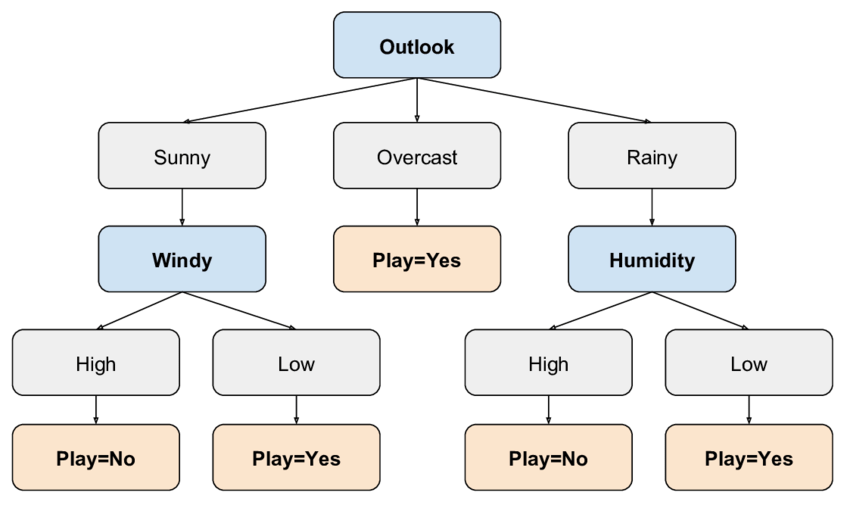About Machine Learning ( Part 5: Support Vector Machine )
Support Vector Machine (SVM)
Support Vector Machines (SVM) are one of the most powerful supervised learning algorithms used for classification and regression tasks.
The Hyperplane
In a binary classification problem, the goal of SVM is to find a hyperplane that best separates two classes. Given a training dataset:
$$
D = { (\mathbf{x}_1, y_1), (\mathbf{x}_2, y_2), \dots, (\mathbf{x}_n, y_n) }, \quad \mathbf{x}_i \in \mathbb{R}^d, \quad y_i \in {-1, +1}
$$
- $\mathbf{x}_i$: $d$-dimensional feature vector (e.g., pixel values in an image).
- $y_i$: Class label ($+1$ for “cat”, $-1$ for “dog”).
